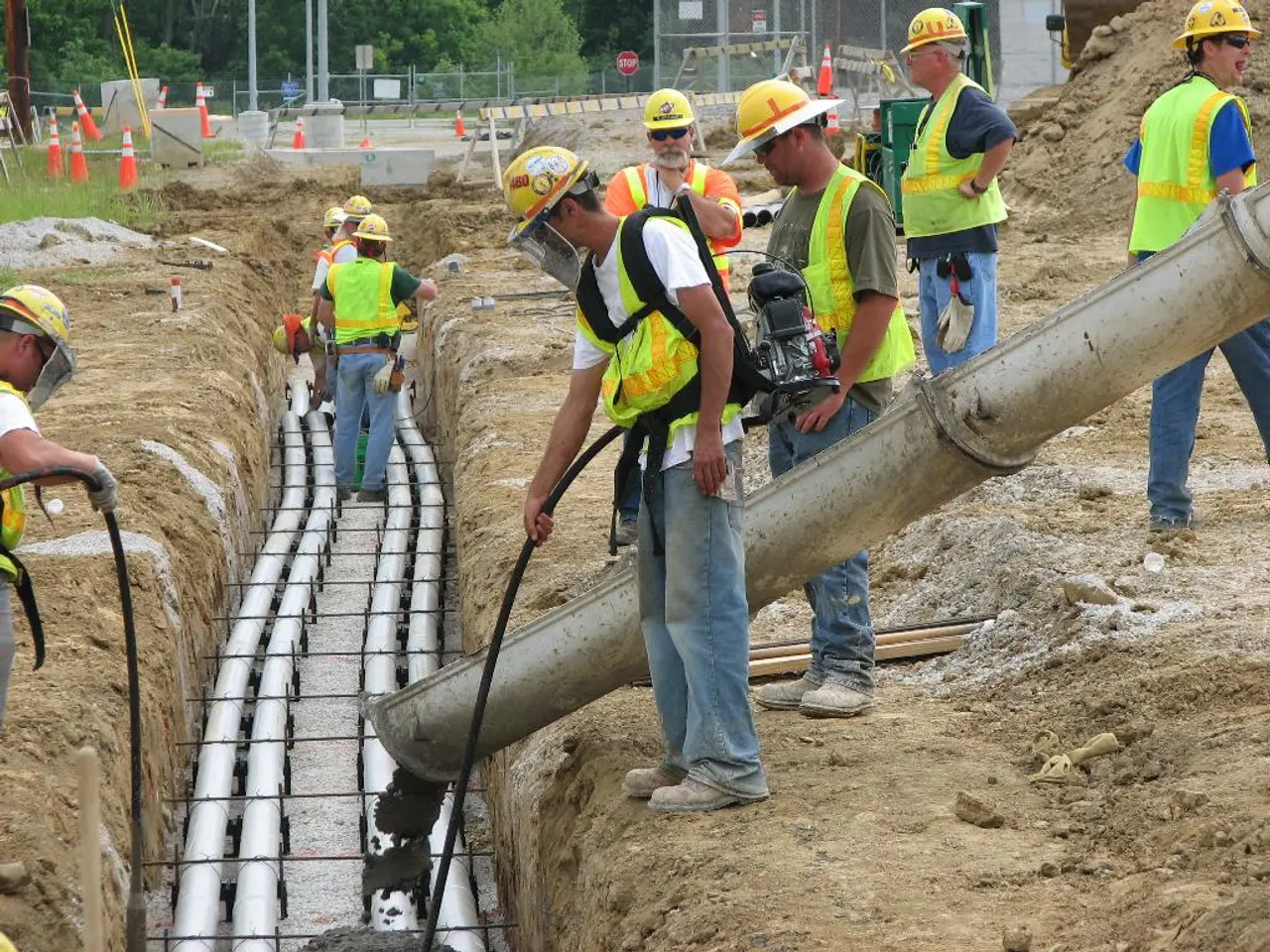Essential Procedures: Configuring a Firewall for Optimal Results
Firewalls are essential security devices that help protect networks by filtering traffic and blocking outsiders from gaining unauthorized access. In this article, we will discuss best practices for configuring and managing firewalls to ensure the security of your network.
Creating Accounts with Limited Privileges
According to the Cisco configuration guide, it is recommended to create additional accounts with limited privileges based on responsibilities. This practice allows for tracking who made changes and why, enhancing accountability and security.
Access Control Lists (ACLs)
ACLs should be used to permit or block network traffic, with specific rules for the exact source and destination IP address and port number. These rules help secure your network by controlling who can access it and what traffic is allowed.
Regular Updates and Reviews
Regularly updating firmware, performing vulnerability scans, and reviewing firewall rules every six months is necessary for effective firewall management. This practice ensures that your firewall remains secure and up-to-date, reducing the risk of security breaches.
Testing and Verification
Firewall testing in a test environment is important to ensure it works as intended. Testing the firewall configuration before putting it into production is essential. Firewall testing should include vulnerability assessment and penetration testing exercises.
Securing the Firewall
Securing the firewall before putting it into production is essential. This includes updating it to the latest firmware, deleting, disabling, or renaming default user accounts, and replacing default passwords with complex, secure ones. It is also recommended to disable firewall administration from public access during ACL configuration and to disable unencrypted firewall management protocols.
Managing Firewall Resources
Managing more zones requires additional resources and time. Using switches that support virtual LANs (VLANs) to maintain level-2 separation between networks can help manage these resources more efficiently.
Enhancing Security with Services
Configuring services such as DHCP, IPS, or NTP on a firewall can enhance security. These services can provide additional layers of protection, helping to keep your network safe.
PCI DSS Compliance
The PCI DSS requirements can be fulfilled by configuring the firewall to report to a logging server with sufficient detail. This practice helps ensure compliance with industry standards and enhances the security of your network.
Auditing and Monitoring
Regularly auditing firewall rules and policies can help remove unused, old, and conflicting settings. Ongoing monitoring for configuration drift with tools like UEM or endpoint detection systems is also important to ensure that necessary security measures are correctly activated and maintained.
Importance of Network Planning
Network structures should be planned to allow asset grouping into network zones based on similar sensitivity levels and functions. This practice helps ensure that the right security measures are in place for each zone, enhancing the overall security of your network.
Next-Generation Firewall Capabilities
Investigating the firewall's ability to control next-generation level flows, such as blocking traffic based on web categories and deploying advanced file scanning, is important. These capabilities can provide additional layers of protection, helping to keep your network safe from modern threats.
Protecting Your Organization's Network
Limiting access to firewall administration is important to protect the organization's network and systems. IT security specialists within the enterprise should handle firewall management to ensure the security of your network.
Conclusion
Effective firewall management is crucial for the security of your network. By following best practices such as creating accounts with limited privileges, using ACLs, regularly updating and reviewing your firewall, testing and verifying your configuration, securing the firewall, managing resources efficiently, enhancing security with services, auditing and monitoring your firewall rules, planning your network structure, and investigating next-generation firewall capabilities, you can help protect your network from unauthorized access and modern threats.
Read also:
- Revealed: Top and Bottom UK Banks for Digital Banking Services
- Mobile Betting's Progression: Exploring Enhanced Safety and User Convenience
- UK's persisting deficiency in cyber experts poses a threat to the nation's security
- Unraveling the Complexity of Cybersecurity: Enhance Your Skills with 5 Proven Strategies and Unleash Your Inner Expert






